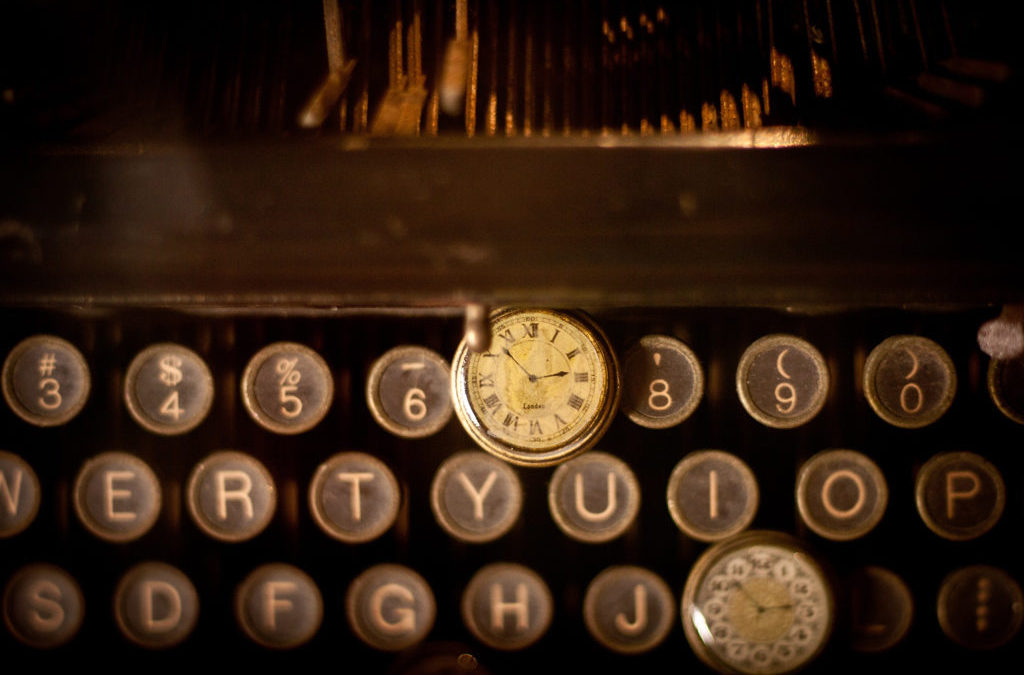By Simon Baker.
It’s an oft-recited truism that history seems to repeat itself, but our understanding of the past does help us to put the present into much needed perspective. As we add more books and articles to the ever-expanding Bibliography of British and Irish History, the following works stand out as writings which strike a particular contemporary resonance.
Exam stress (for students or children) is nothing new, a theme explored in A ‘Rich crop of nervousness’: Childhood, expertise, and the state in the mid-1880s British over-pressure controversy. The idea of ‘over-pressure’ captured the public’s imagination in the wake of a partly social-scientific, partly sensationalist report on the state of elementary education by a social reformer: Report of Doctor Crichton-Browne upon the Alleged Overpressure of Work in Public Elementary Schools in London. The annual examination of elementary school children led teachers to ‘over-pressure’ children to such an extent that it interfered with children’s growth, led them to sleepwalk, and even caused some to commit suicide. The article cites the example of thirteen-year-old Elizabeth Forshaw of Adlington, Lancashire drowning herself. Crichton-Browne soon found himself at the centre of a vigorous debate to which teachers, policy-makers and politicians all felt they could contribute, each claiming that, thanks to their professional authority and expertise, they knew what was best for the child.

Before there was Tinder and Bumble, there was Dateline. The formative years of this pioneering computer dating service are explored in Computer dating in the 1970s: Dateline and the making of the modern British single. Using the company’s marketing and use of language (mainly from the Singles magazine), the article explores the ways in which new vocabularies of ‘scientific’ expertise were used to forge a ‘modern’ romantic sensibility. The emergence of “dating” algorithms is discussed, as well as the place of psychology in this computerised system of courtship. The author suggests that all of this foreshadows the pressures facing singles into the twenty-first century who date in the digital world.
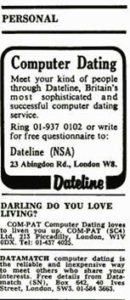
Following the themes of relationships and new technology, the article Listening to the Victorian telephone: Class, periodicals, and the social construction of technology examines a wide range of representations of the telephone in periodical literature, including Punch and other popular magazines as well as the music press. It looks at the ways the early telephone technology was to be used (mainly it seems as a radio) and how the new form of communication was constructed by different classes and for differing purposes (just as the mobile has developed).
Sticking with new technology and computerisation, another new work explores the roots of the seemingly never-ending IT issues of the NHS. The first initiative is outlined in The Experimental Computer Programme: The first computing initiative for the National Health Service in England. It all feels as if we’ve been here before, with the article criticising the 1967-1979 period of implementation as experimental, piecemeal, and over-ambitious for the computer technology then available, arguing that the evaluation of this new system was poorly managed. The article also examines the social, economic and political barriers to computerisation which, at the time, were significant.
With all the adoption of so much digital technology there is related anxiety about the ability of the human brain to remember so much or indeed forget so much. After all, who remembers telephone numbers, email addresses or birthdays? Surely we all have difficulty with passwords. Such anxieties about memory were experienced by the Victorians, a subject covered by Jennifer Green-Lewis in her book Victorian photography, literature and the invention of modern memory : Already the past. Green-Lewis argues that photography not only changed the way the Victorians saw the world, but also provided them with a new sense of connection with the past and a developing language with which to describe it. Using a wide range of texts particularly by novelists, but also inventors, cultural critics, and of course photographers, the author argues that Victorian photography ultimately defined the concept of memory for generations to come.

Straying into politics, one article looks at the history of constituency boundary changes: ‘One of the best men of business we had ever met’: Thomas Drummond, the Boundary Commission and the 1832 Reform Act (open access). It outlines the significance of the work of the engineer and cartographer, Drummond, as chair of the English and Welsh boundary commission during the formulation of the Great Reform Act 1831-2. He had to divide the existing twenty-seven counties, draw boundaries around new parliamentary boroughs, especially in the north, clarify the boundaries of ancient boroughs and extend those boundaries where lack of population warranted an extension. Of course, now as then, politicians were suspicious of such moves. There was a feeling that the redrawing of the electoral maps would favour the Whigs. However such was the success of Drummond’s work that the 1867, 1884 and 1918 reform acts used his methodology.
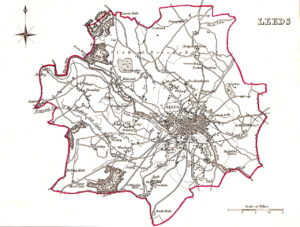
A map of the Parliamentary Borough of Leeds as created in the 1832 Reform Act
The representation of people with disabilities in political and popular culture has been another important subject of recent debate. An issue examined in the article Insulting Jean Massieu: Debating representational control of deaf people in mid-nineteenth century Britain by Mike Gulliver (though not as extreme as the modern-day example). The article explores the work of the French pioneering deaf educator, Massieu, who clashed over topics ranging from the nature of deafness and the identity of those who were ‘deaf-mute’ to the best methods to be used in deaf education. In Britain, a debate took place in the Magazine Chiefly Intended for the Deaf and Dumb over the course of 1876 between Dr David Buxton, the director of the Liverpool School for the Deaf, and a deaf man by the name of Robert Armour. The debate covered Massieu’s place in the history of deaf education and the role and place of deaf people in society. It is a debate often marred by misinterpretation of the protagonists’ words.
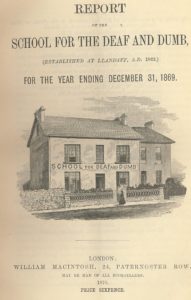
Gender fluidity and non-binary gender are much discussed terms today. However, Anna Clark’s book, Alternative histories of the self: A cultural history of sexuality and secrets, 1762-1917, uses five case studies to make sense of sexual or gender non-conformity and the relationship between the self and sexuality from the dawn of the modern era to the middle of the First World War. The individuals that are the centre of these case studies include: Chevalièr d’Eon, “outed as a women”; the lesbian Anne Lister; James Hinton and his views on polygamy; and, Edith Ellis, a wife in the very ‘modern’ marriage with Havelock Ellis.
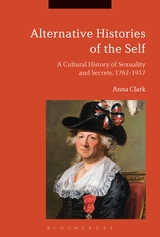
Pushing back the chronological boundaries, confusion about gender identity was evident in thirteenth-and fourteenth-century Italy and France. Leah DeVun argues in her article that the writings of medieval surgeons have the potential to provide new perspectives on our current debates about surgery and sexual difference. In Erecting sex: Hermaphrodites and the medieval science of surgery she focuses on “hermaphrodites” and the emerging profession of surgeons who claimed an ability to regulate sexual difference by surgically “correcting” sexual anatomies.
Lastly, there is Richard Farmer’s article ‘That alien, new-fangled, thick, intractable dodecagon’: The design and introduction of the 1937 British threepenny coin. The recent launch of the seemingly popular dodecagon £1 coin can be contrasted with the initially very unpopular threepenny bit. Many users were resistant to it shape, thickness and colour. It took a World War and a penny shortage for the threepenny bit to gain popular acceptance. Plus ça change.
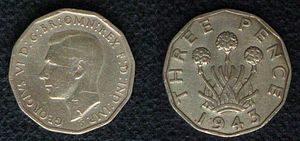
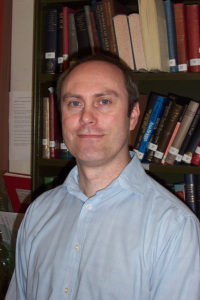 Simon Baker is one of the editors of the Bibliography of British and Irish History.
Simon Baker is one of the editors of the Bibliography of British and Irish History.

